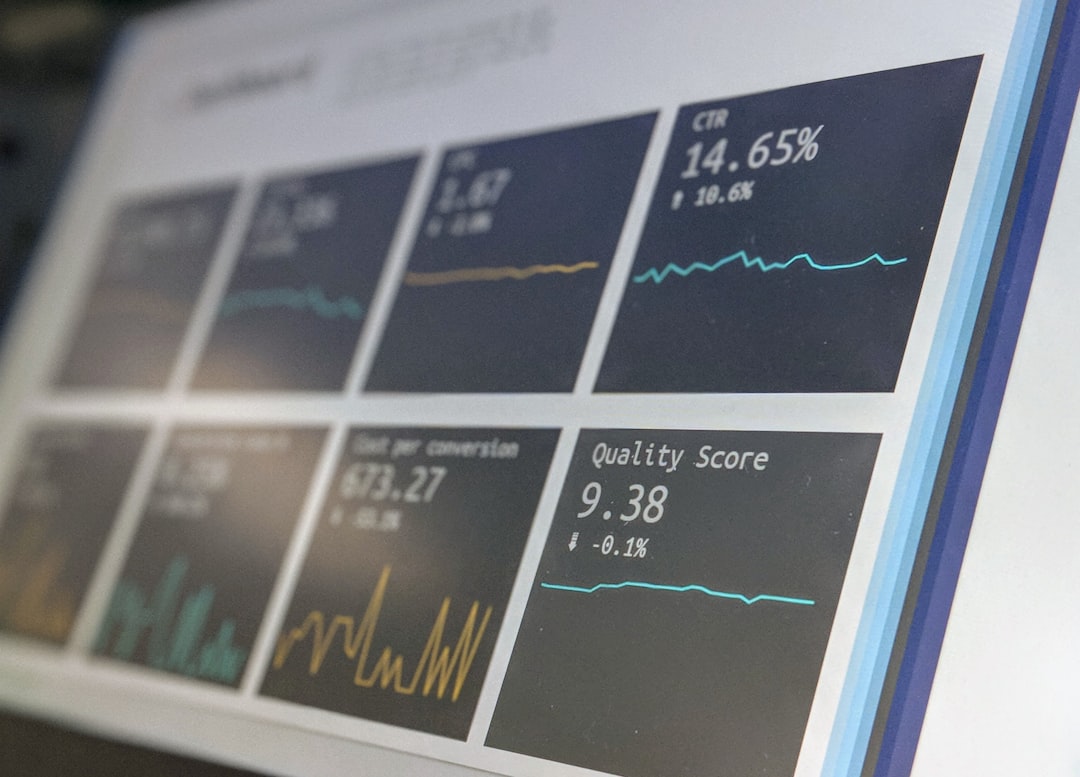
Protecting Sensitive Data from Sophisticated Database Intrusion Methods Always
In today’s digital landscape, protecting sensitive data is paramount, especially as sophisticated database intrusion methods continue to evolve. Cybercriminals are constantly finding innovative ways to exploit vulnerabilities, and organizations must stay ahead of these threats. This article aims to provide insights into effective strategies for safeguarding sensitive data against these sophisticated attacks.
Understanding Database Intrusion Methods
Database intrusion methods range from SQL injection attacks to privilege escalation and data exfiltration techniques. Attackers often target databases because they house critical and sensitive information, such as personal identification details, credit card information, and confidential business data. Understanding these methods is the first step to developing effective protection strategies.
Common Intrusion Techniques
-
SQL Injection: This is one of the most prevalent methods where attackers inject malicious SQL queries to manipulate backend databases. This can lead to unauthorized data access or even complete takeover of the database system.
-
Cross-Site Scripting (XSS): While primarily a web application vulnerability, XSS can lead to unauthorized data access through manipulated session cookies or tokens.
-
Man-in-the-Middle (MitM) Attacks: In this scenario, attackers intercept communications between users and databases, potentially allowing them to access sensitive data.
-
Ransomware: Attackers deploy ransomware to encrypt databases, demanding payment for decryption, and often exfiltrate sensitive data to leverage further demands.
Best Practices for Data Protection
Implement Robust Authentication Mechanisms
To mitigate unauthorized access, use strong authentication methods such as multi-factor authentication (MFA). This adds an extra layer of security by requiring users to verify their identity through multiple means.
Regularly Update and Patch Systems
Keeping your database management systems (DBMS) and applications up to date is crucial. Regular updates and patches can close security loopholes that attackers might exploit. Automating this process ensures that no critical updates are missed.
Employ Data Encryption
Encrypting sensitive data both at rest and in transit is essential. This ensures that even if data is intercepted, it remains unreadable without the appropriate decryption keys. Tools like AES (Advanced Encryption Standard) can be utilized for robust encryption.
Monitor Database Activity
Continuous monitoring of database activity can help detect suspicious behavior early. Implementing intrusion detection systems (IDS) and employing analytics can alert administrators to anomalies that indicate potential breaches.
Conduct Regular Security Audits
Periodic security audits can identify vulnerabilities and weak points in your database security posture. Engage third-party security experts to perform penetration testing and vulnerability assessments to uncover hidden threats.
Emerging Trends in Data Protection
As cyber threats become more sophisticated, so do the techniques for defending against them. Here are some emerging trends in protecting sensitive data:
AI and Machine Learning
Artificial Intelligence (AI) and Machine Learning (ML) technologies are increasingly being applied to identify patterns of behavior that may indicate a security threat. These technologies can help in automating responses to potential intrusions.
Zero Trust Architecture
The Zero Trust model asserts that no one, whether inside or outside the organization, should be trusted by default. Verification is required from everyone attempting to access resources in the network. This approach minimizes risks associated with data breaches.
Privacy Regulations Compliance
With regulations like GDPR and CCPA putting pressure on organizations to protect sensitive data, compliance has become vital. Companies must implement necessary safeguards to avoid hefty fines and maintain customer trust.
Case Study: A Cyber Attack on a Major Retailer
One notable example is the cyber attack on a major retailer that resulted in the theft of millions of customer credit card details. The attackers exploited an unpatched SQL injection vulnerability, gaining access to the database and exfiltrating sensitive data. This incident highlights the importance of regular updates, monitoring, and adopting a proactive security posture.
Tools and Resources
- OWASP ZAP: A powerful open-source tool for finding vulnerabilities in web applications.
- SQLMap: An open-source penetration testing tool that automates the process of detecting and exploiting SQL injection vulnerabilities.
- Burp Suite: A popular tool among security professionals for web application security testing.
For further reading, consider the following resources:
Ensuring the protection of sensitive data from sophisticated database intrusion methods requires a comprehensive approach that includes technology, processes, and awareness. By implementing the best practices outlined above, organizations can significantly reduce their risk of data breaches and enhance their overall security posture.
Stay informed, stay secure, and consider subscribing to our newsletter for the latest insights on data protection and cybersecurity trends.


